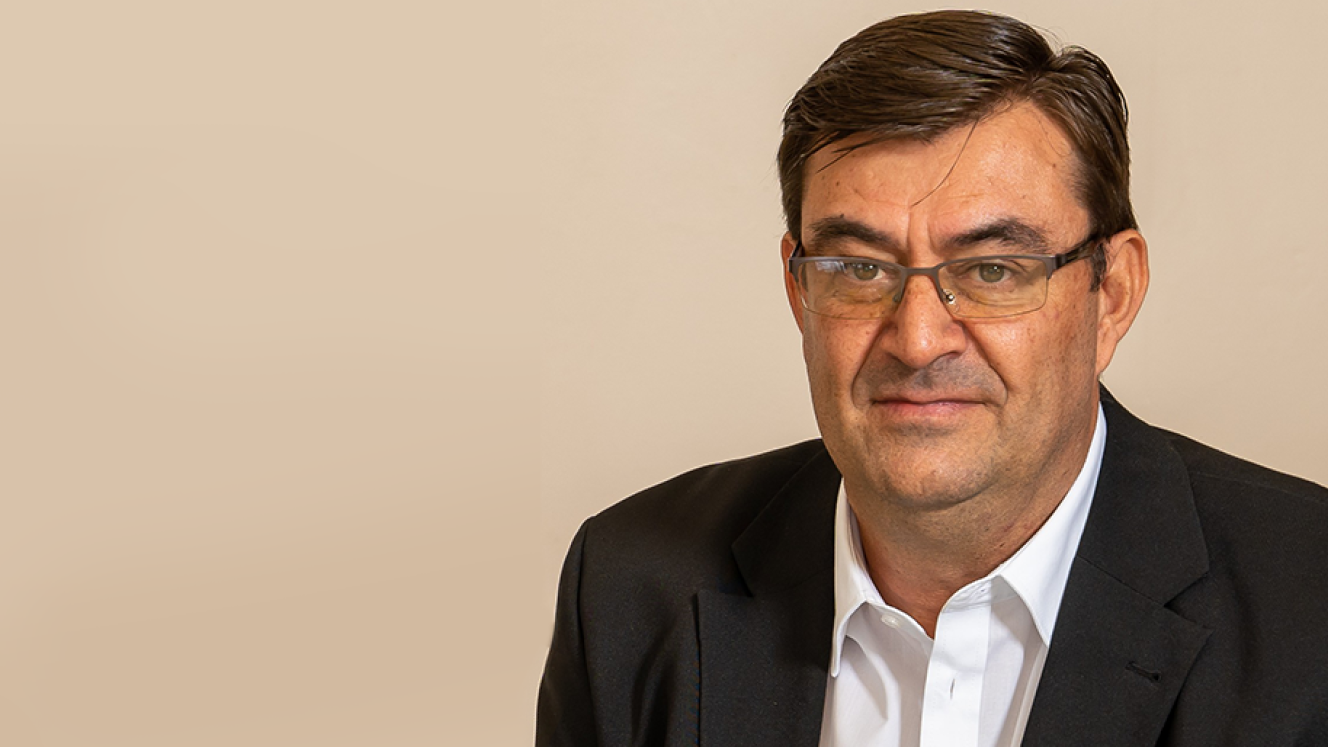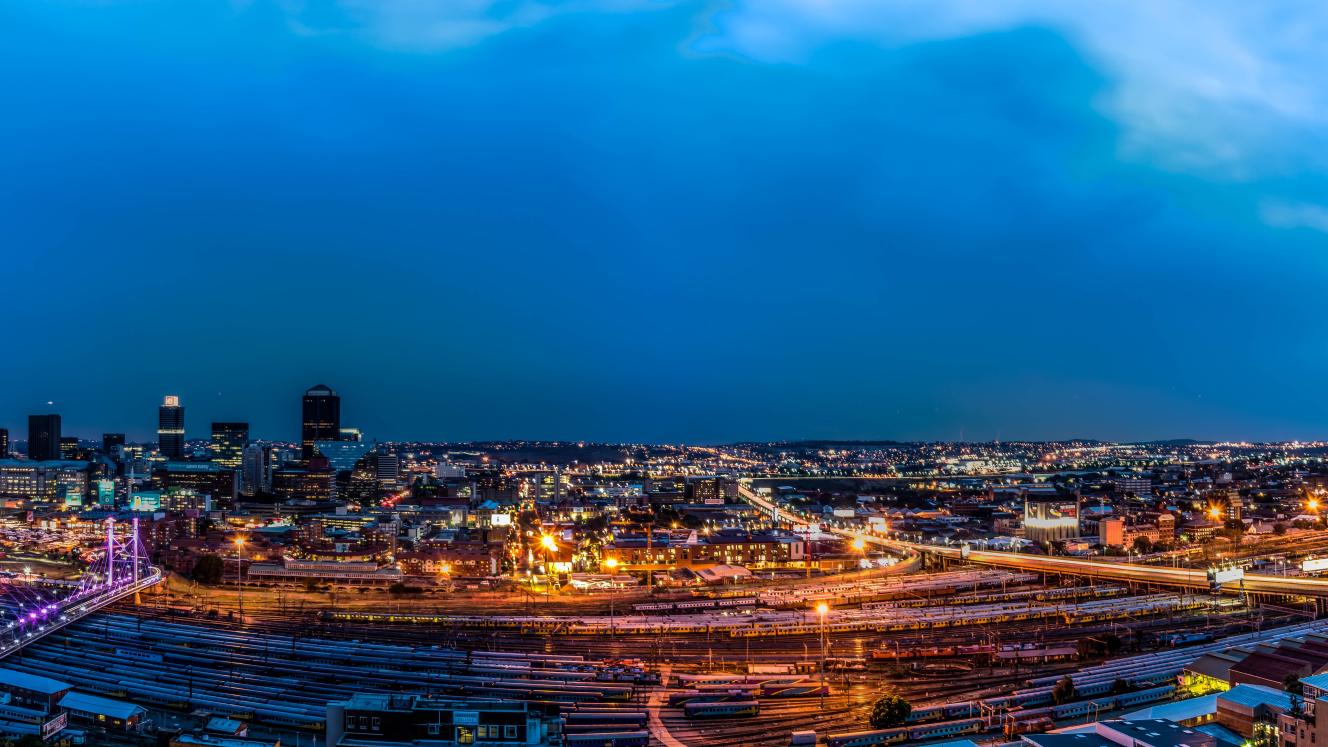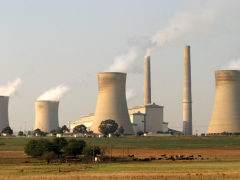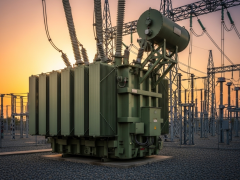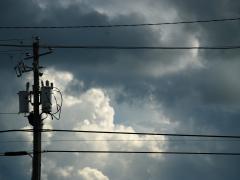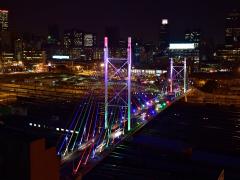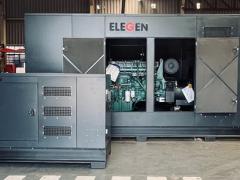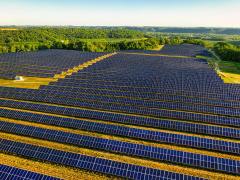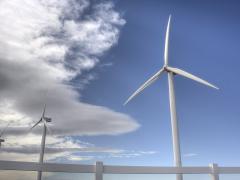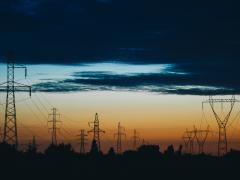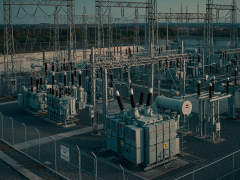South Africa’s solar sector is growing rapidly but its progress is at risk due to the widespread use of poor-quality solar cables. Ensuring strict adherence to international and local standards is critical to protect safety, performance and investor confidence, says Tertius Ness, Chief Operating Officer, South Ocean Electric Wire.
Reports indicate that one in six fires attended by South African firefighters is linked to substandard solar installations, often due to faulty wiring or incompatible components.
High-profile incidents, such as the 2023 fire at a communications company’s Cape Town headquarters and a 2024 warehouse explosion in Durban, where arcing from substandard solar cables ignited flammable materials, have resulted in millions of rands in damages.
The rapid expansion of solar installations has led to an influx of cheap, substandard cables, many of which are imported and fail to meet international standards like BS EN 50618 and IEC 62930 – the latter adopted by the South African Bureau of Standards as SANS IEC 62930. These standards are designed to ensure that solar cables can withstand the harsh African climate, characterised by extreme temperatures, ultraviolet (UV) radiation and humidity.
Unfortunately, some manufacturers use inferior materials that degrade quickly under these conditions. Such cables are prone to insulation breakdown, increasing the likelihood of fires and system failures.
Beyond safety, these cables reduce the efficiency of photovoltaic systems, lowering energy output and compromising the financial viability of solar projects.
The performance of solar panels hinges on rigorous manufacturing standards and testing. Key tests outlined in international standards include thermal endurance, UV and weathering tests, ozone resistance, damp-heat testing, dynamic penetration tests, voltage tests and hot-set tests.
Cables that bypass these tests, often sold as “solar cables” but made with standard PVC insulation, lack the necessary durability with lifespans far shorter than the 15 years expected of high-quality solar cables.
Substandard cables also lead to decreased conversion efficiency, reducing a plant’s ability to generate planned production outputs. For large-scale projects, this can translate into significant financial losses. For residential users, it means higher electricity costs due to system inefficiencies.
Moreover, the cost of replacing failed cables and repairing damage from fires or electrical faults far outweigh the initial savings of opting for cheaper products. In a price-sensitive market like South Africa, the temptation to choose lower-cost options is understandable but the adage “You get what you pay for” rings true.
To mitigate these risks, buyers must prioritise cables that adhere to local and international standards, ensuring they have undergone comprehensive testing for safety and performance. High-conductivity tinned copper conductors and cross-linked polyolefin insulation are hallmarks of durable solar cables, capable of withstanding the African climate.
Adoption of SANS IEC 62930 by the SABS is a step towards stricter oversight but, until type 5 certification, which would allow independent bodies to fully test and certify solar cables against that standard, is available, due diligence falls on consumers and installers to verify compliance.
